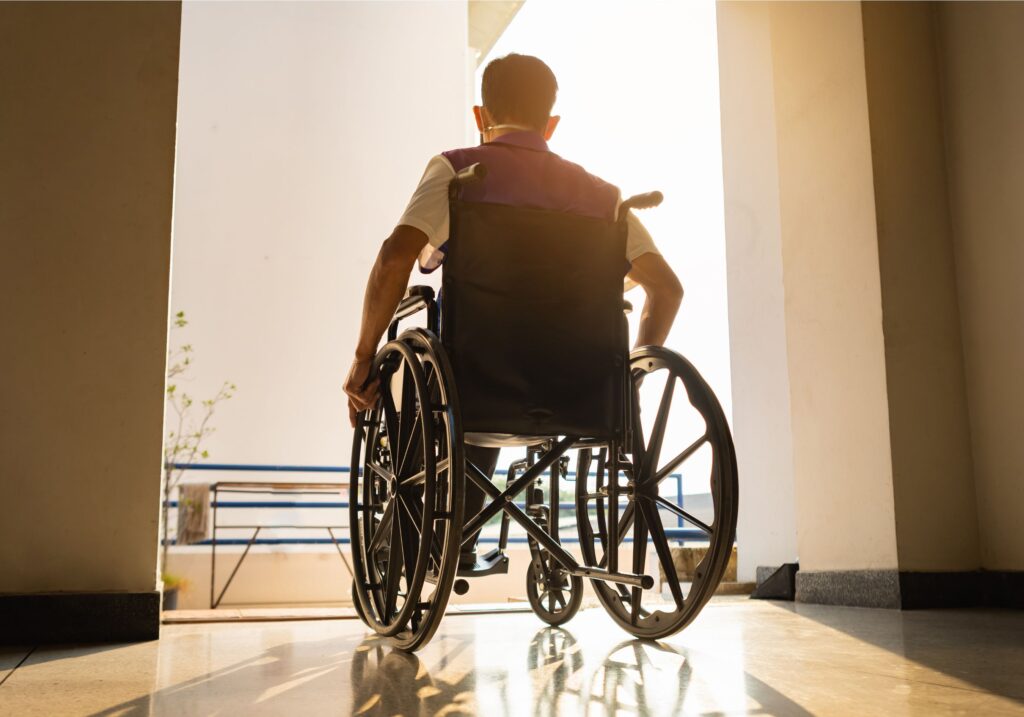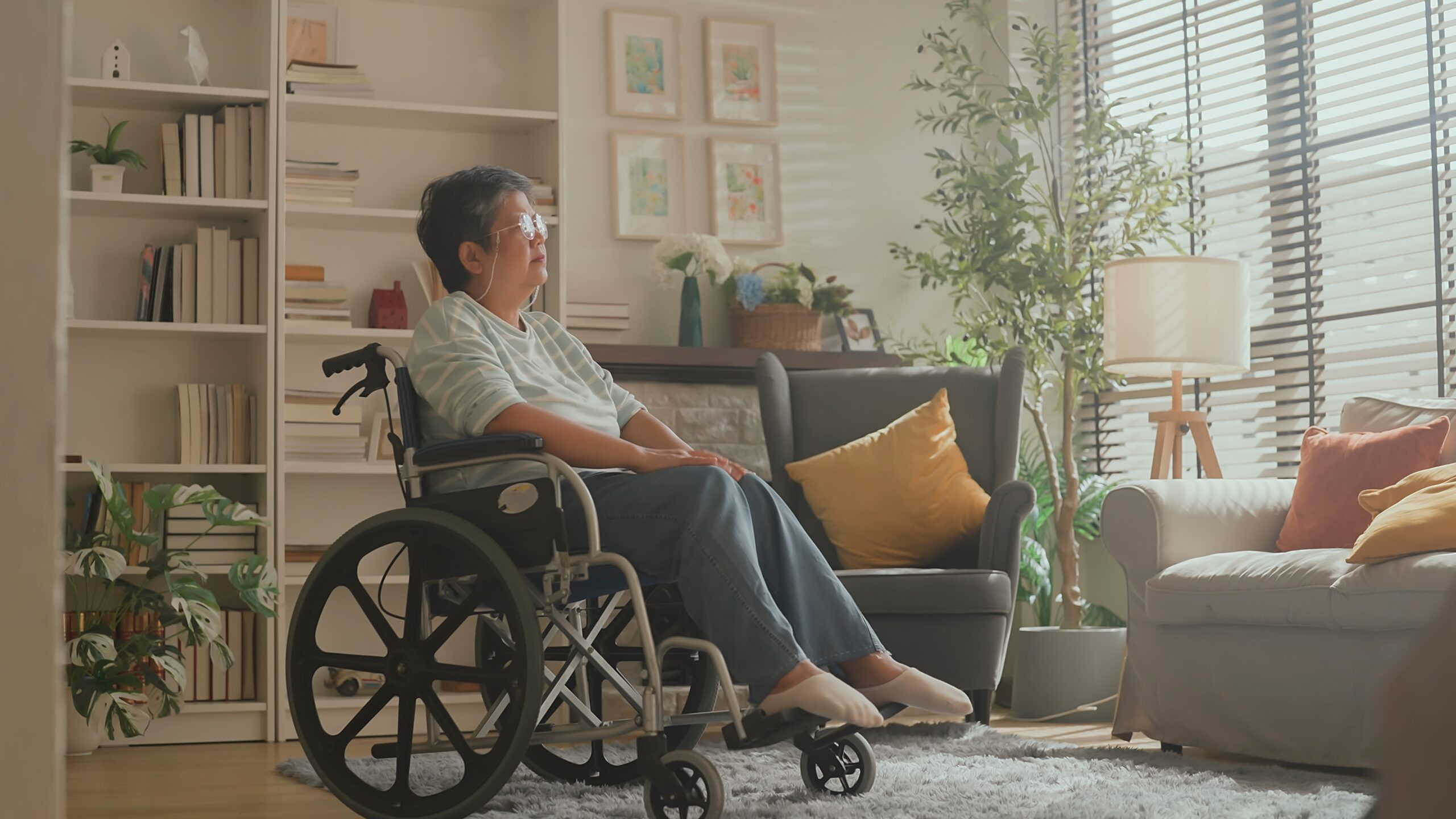The Forgotten Few, Part 1: Older Australians with a Disability Left Behind in Legacy Housing
Most Australians know the National Disability Insurance Scheme (NDIS), but there is a cohort almost no one talks about. They are older Australians with a disability who were above the age of 65 (or First Nations people aged 50 to 64) at the time of the NDIS rollout. Instead of joining the NDIS, they were placed under the Commonwealth’s Disability Support for Older Australians (DSOA) program, previously called Continuity of Support (CoS) (health.gov.au). There are still around 800 people supported via DSOA.
DSOA is a closed program. No new people can enter, and those already in it have had little change or attention since being transferred in July 2021 (disabilitysupportguide.com.au).

Legacy Housing: Never Built for Long Term Complex Support
Many DSOA participants live in “legacy housing”, group homes and accommodation built or retrofitted decades ago. These houses are often owned by State Governments or Not For Profit Providers and are in prime locations. These houses reflect previous disability housing standards and are not generally designed for modern models of care. Yet they remain home, while new Specialist Disability Accommodation (SDA) is being developed all around them, but due to DSOA funding approach, these houses remain out of reach.
The Vanishing Safety Net
For a time, Accommodation Management Grants helped providers maintain or replace ageing homes for this cohort. These grants acknowledged that as residents grew older, their housing needed to adapt.
In 2022, these grants ended. Without them, providers lost the income needed to maintain ageing stock. Unlike NDIS participants who may receive at least “basic” funding, DSOA residents generate no SDA income.
To keep homes even marginally suitable, NDIS Not for Profit providers are often footing the bill for unfunded home modifications and property upgrades themselves. This diverts resources from other participants and can be one reason providers cannot replace legacy housing with contemporary, fit for purpose models.
Supported Independent Living (SIL) providers are under more pressure than ever before. They must deliver complex daily supports in outdated housing that is increasingly unsafe for clients and staff and financially unsustainable. The mismatch between housing design and care requirements places staff, participants and organisations in ongoing crisis mode.
The result is stark: older Australians are stranded in unsuitable homes, providers are under pressure, and clients have no clear pathway to better housing.
The Forgotten Few
In 2025, it is estimated that only around 800 people remain in this category. They are the forgotten few. Too few in number to be politically visible, yet their needs are urgent.
They have no seat at the table. Most Australians, and even many within the disability and aged care sectors, are unaware they exist. There is no national plan for them.
Why It Matters
Housing is more than shelter. It is about dignity, safety, independence and the ability to age well. Leaving this cohort behind while the rest of the system evolves is not just unfair, it is unsustainable
What We Can Do
- Raise Their Voice. Raise awareness that this cohort exists. Policy makers, advocates and providers need to bring them into the conversation and demand a plan for their future.
- Create Real Pathways. Retrofitting old group homes is not realistic. These houses are too large, too outdated and too costly to make fit for purpose. Aged care settings are also not the answer, as they operate under a different funding scheme and are not set up to support people with intellectual disability. Many older Australian’s with disability started life in institutional care and it seems inappropriate to go back to larger settings at the later stages of life. What is needed is a way for this cohort to access modern SDA homes, alongside their current co-residents, where they can age in place with dignity.
- Close the Gap on SDA Payments. The private market is already funding the bricks and mortar for SDA. The barrier is the lack of a funding mechanism for residents who are not SDA eligible. Appendix H within the SDA Price Guide provides a precedent, allowing adjustments when an SDA funded participant shares with someone who is not SDA eligible. Extending or adapting this model could provide a pathway for DSOA residents to move into new builds without placing additional costs on the NDIS.
Eight hundred older Australians with disability remain trapped in legacy – locked in outdated housing, excluded from the system that continues to transform life for so many others.
It’s time to create pathways to contemporary homes so that they can age with dignity.
Thanks to the Apollo team members and industry professionals who contributed their time, expertise, and insights to the development of this article.
Let’s work together to make a change. Contact our team today. 1300 937 279 or email admin@apollosda.com.au
